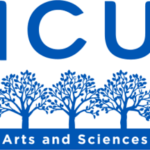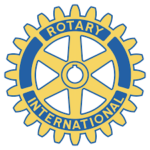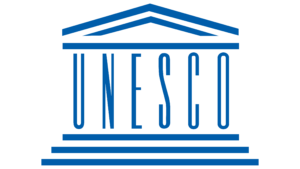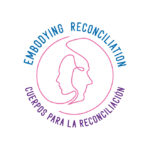Caribbean Region: Heritage
Caribbean Heritage, a photographic exhibition:
From the Ciénaga all the way to Alta Guajira, the Colombian Caribbean covers thousands of kilometres wherein ancestral knowledge, theatre, Living Pictures and “Walking Dances” enlight the spaces from the coast to the mountains. The sound of the Colombian bagpipe and the drums mark the pace as you move from a tropical landscape to the desert of La Guajira.
The Living Pictures stand out from the rest of the practices of the land of Sucre, an ancient practice that is transforming with time. From the biblical scenes of the clergy, through the poetry and prose of the local literature, as well as the remembrance of the war and the projection of the hope of peace, these compositions arise from the intimacy of the inhabitants of these lands. The Living Pictures are in themselves a practice of peace that instrumentalizes collective creation and community participation, which might be the reason why it has persisted throughout the conflict.
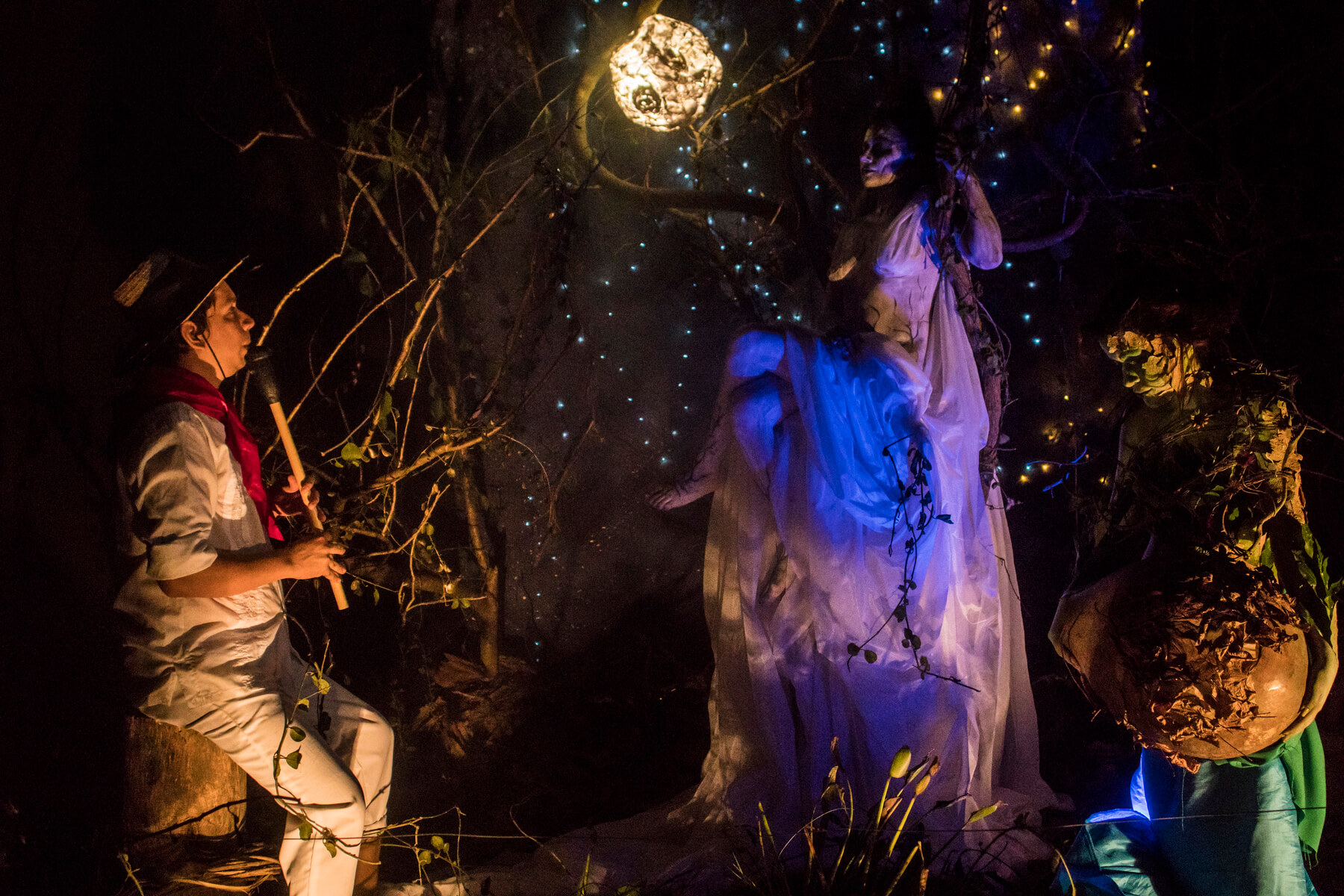
THE MOON AND THE PELINKU
Shirlene Malambo Luna
Winner of the best Living Picture at the 30th edition of the Algarroba Folk Festival.
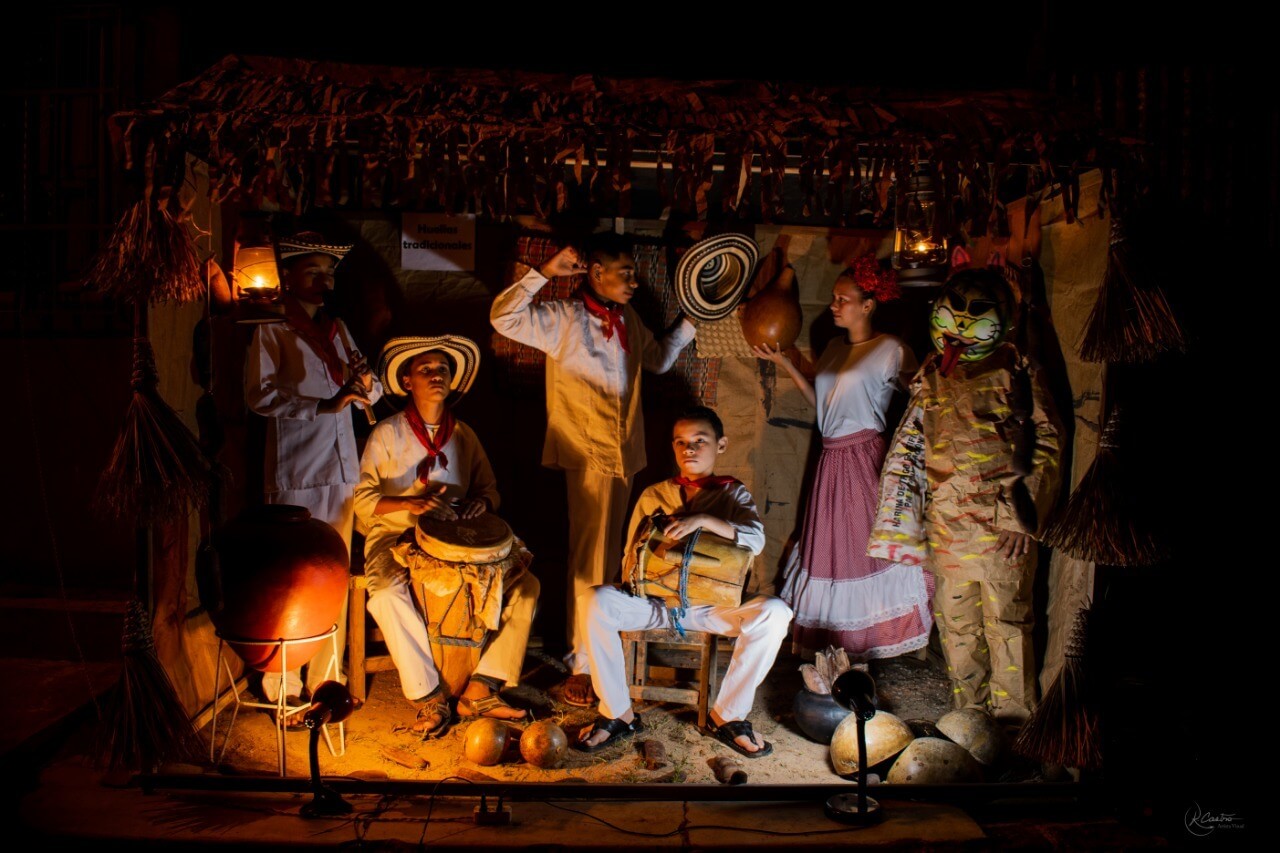
TRADITIONAL FOOTPRINTS
Remberto Castro y José Armando Montes
It represents each of the cultures that our people stand for, as well as our childhood: the Living Picture, the slaughter of the tiger, learning to play the instruments and dancing our culture. This content was made by students of the Inega School. For this occasion, the theme was Galeras and the installation expanded to the public space.
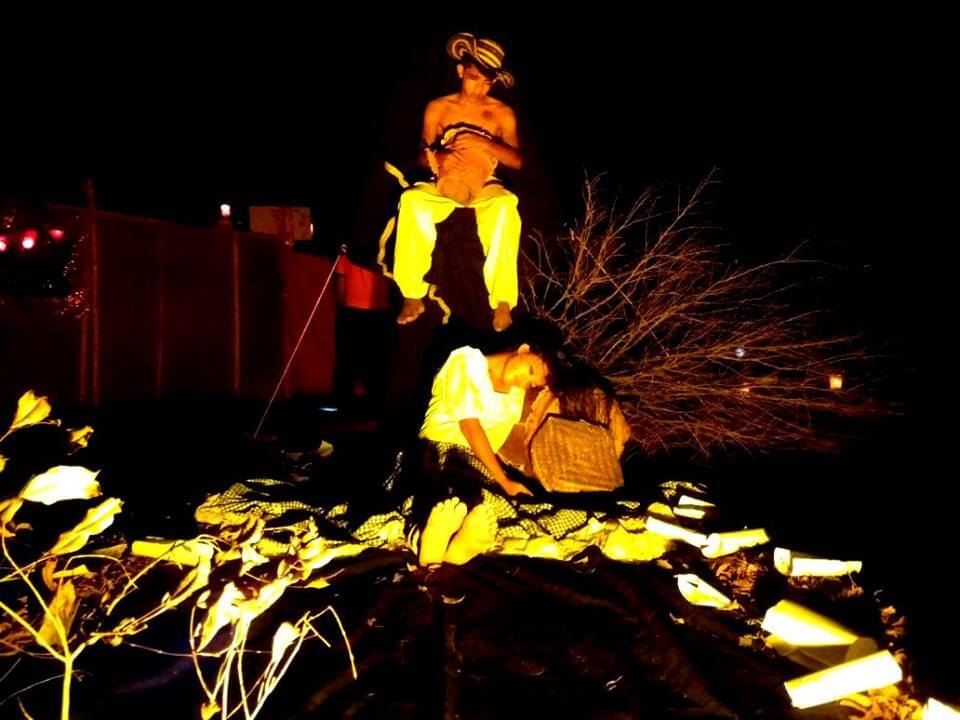
OUR ROOTS
Living Picture that concluded the tour of the Ephemeral Museum for Reconciliation. Collective project with the young people of Galeras with the guidance of Ciro, the teacher.
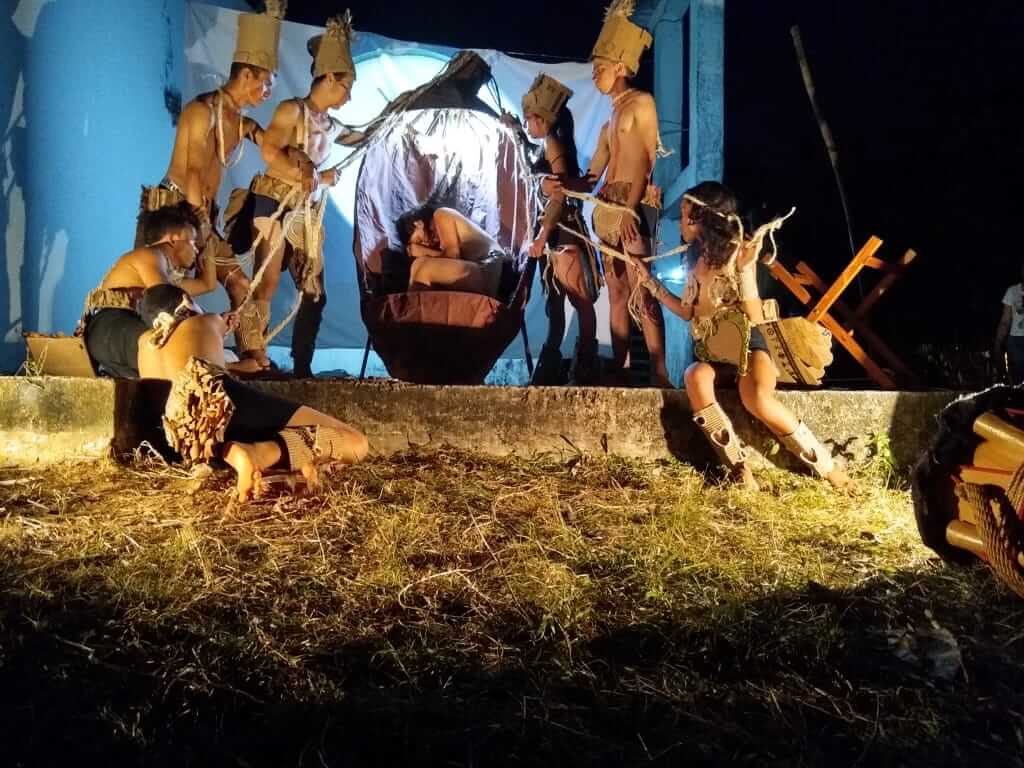
OUR LEGACY
Living Picture in-motion of the heritage module of the Bodies for Empathy Museum.
Old abandoned hospital in Galeras, Sucre.
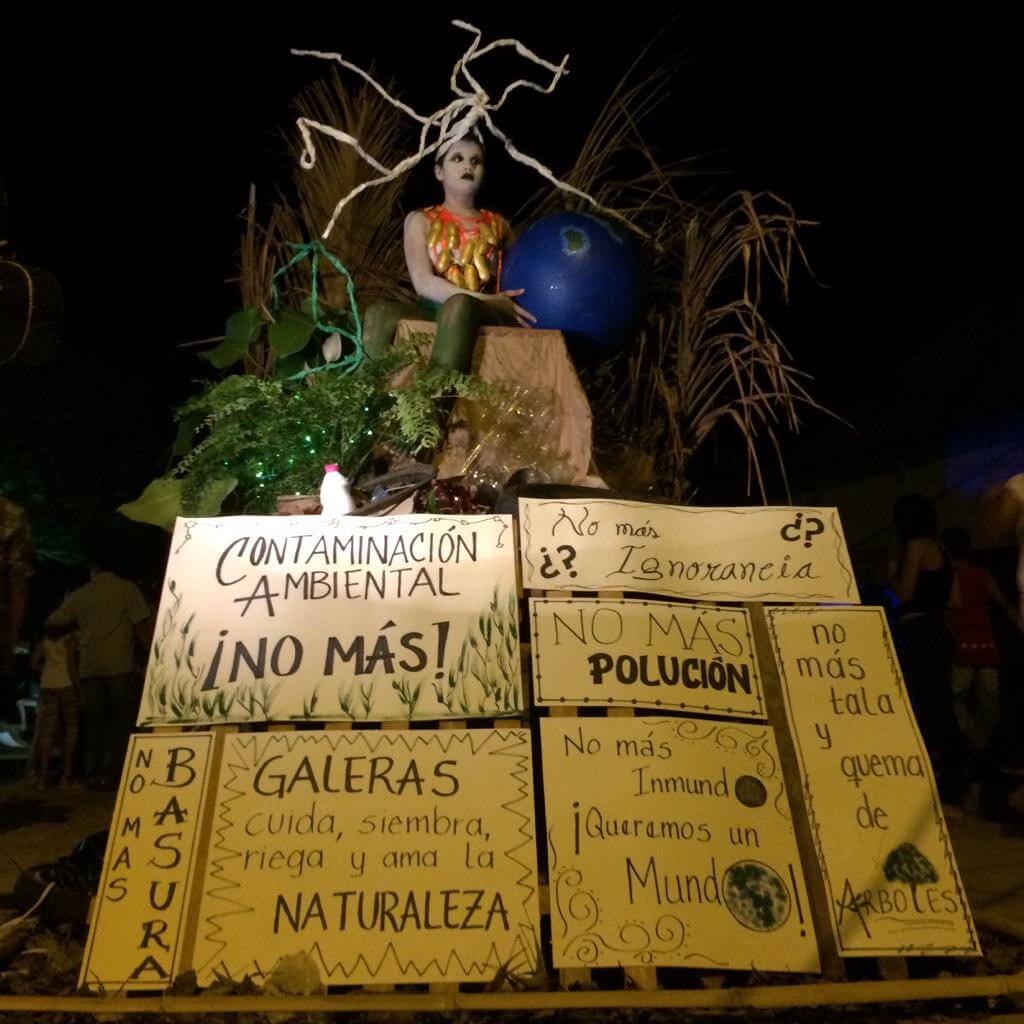
CULTURAL WEEK OF THE INEGA
Semana cultural de la INEGA. 2019
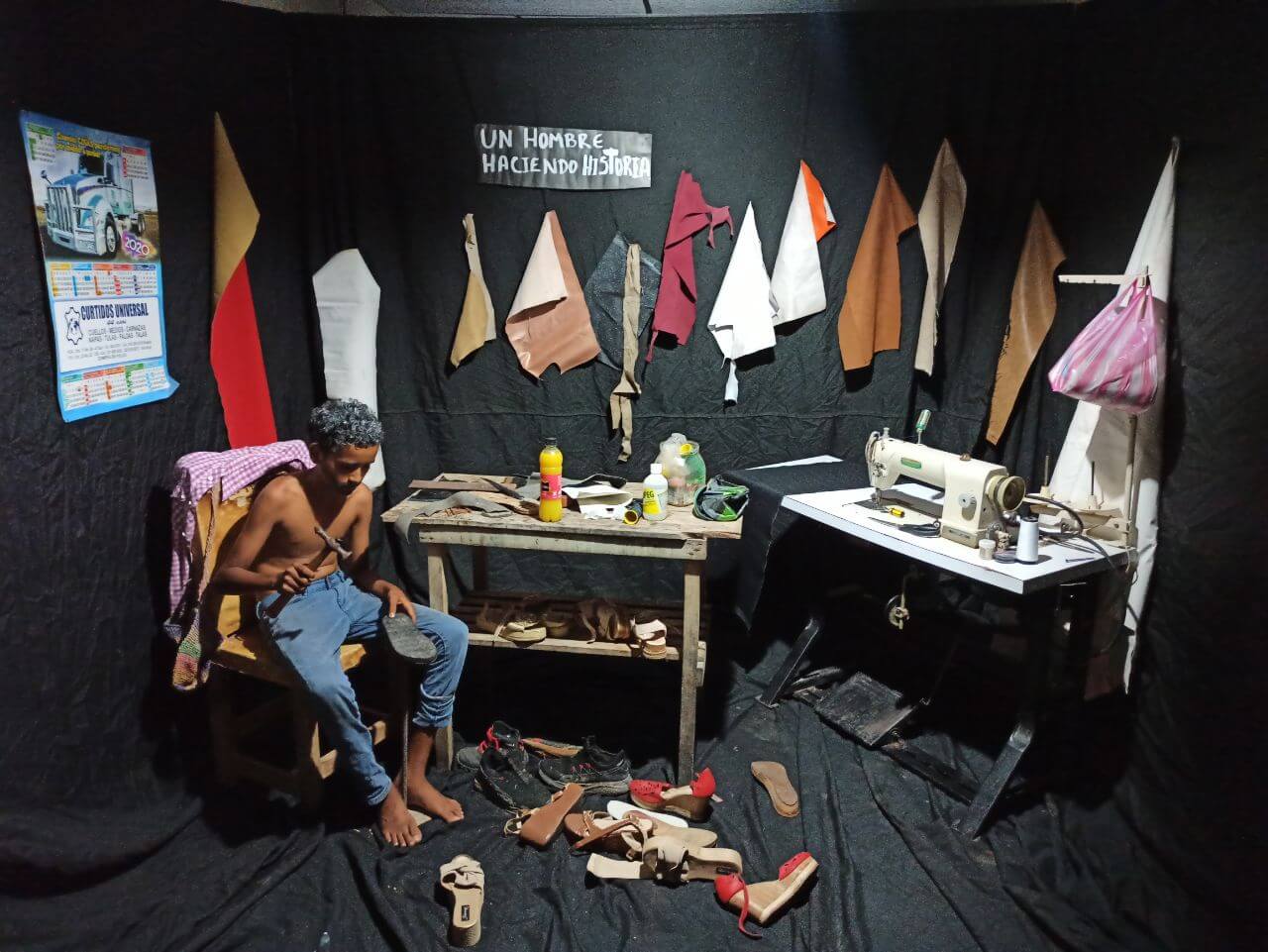
A MAN MAKING HISTORY
Santiago Martínez
Tribute to my grandfather who has always been present on a corner of the Sucre street as a shoemaker. This is how he was able to support my aunts and my mother.
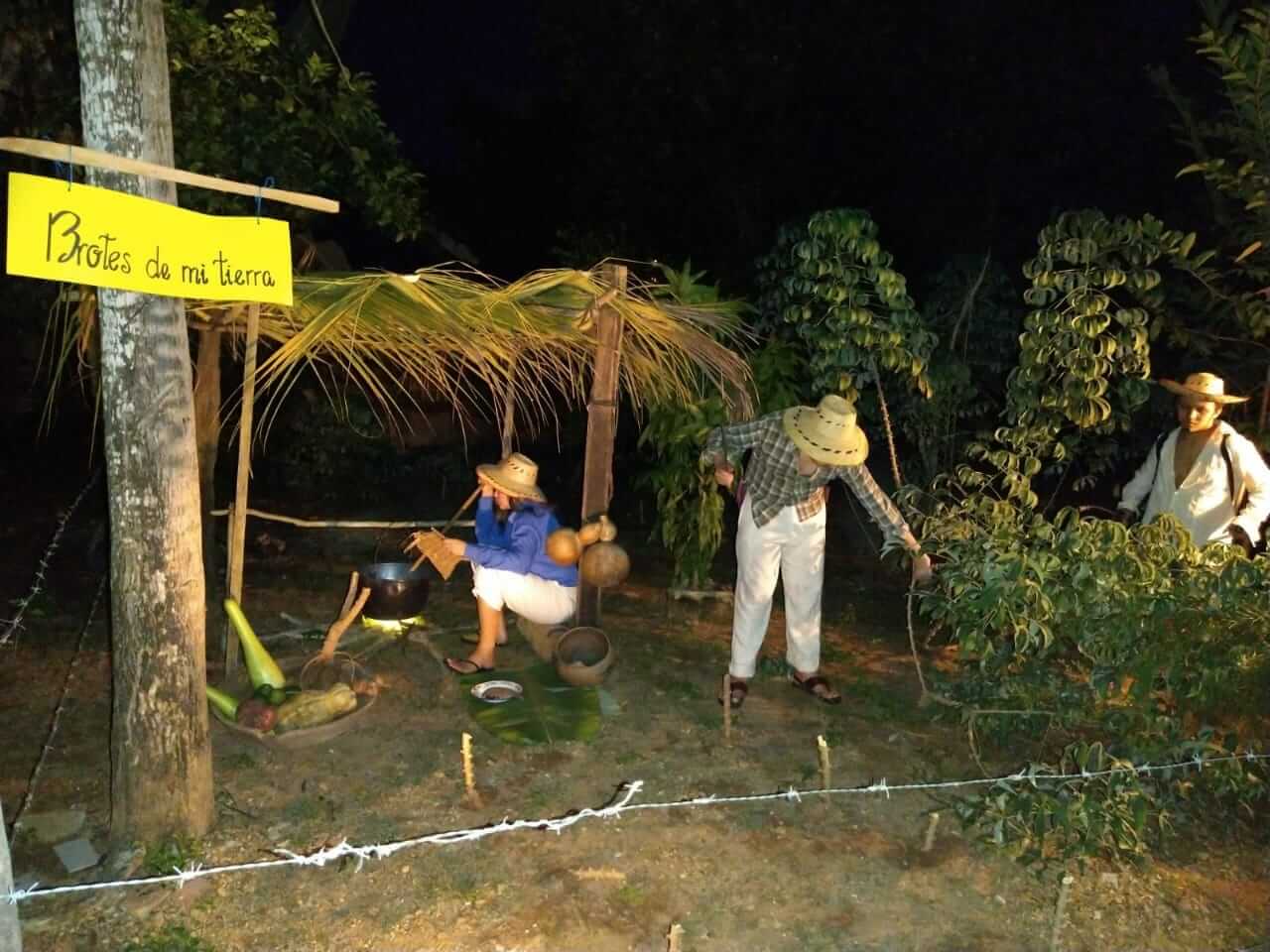
OUTBREAKS OF MY LAND
Mariángel Herazo, Juan Camilo Navarro y José Jorge Díaz
In Galeras, our Living Pictures are always the silver lining (Digital edition)
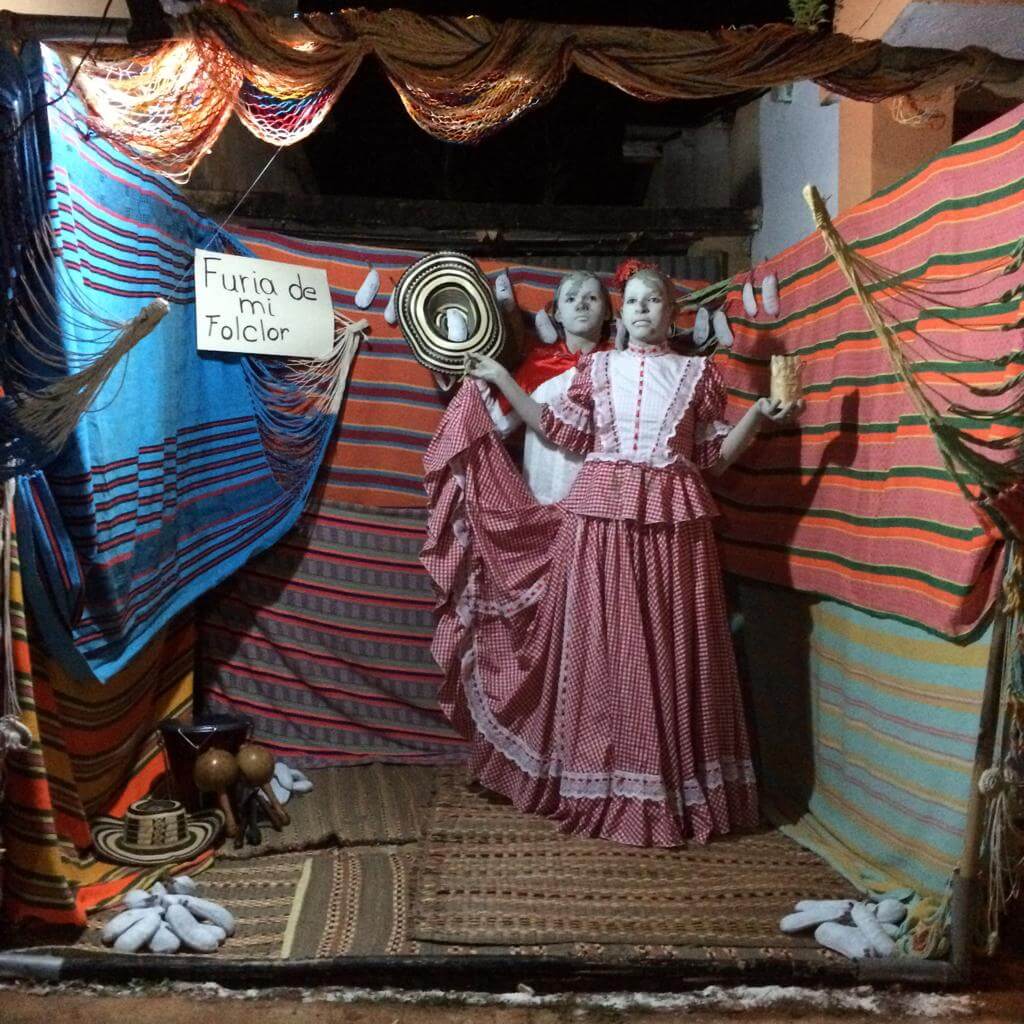
FURY OF MY FOLKLOR
Tribute to the folklore of the Colombian Caribbean.
.
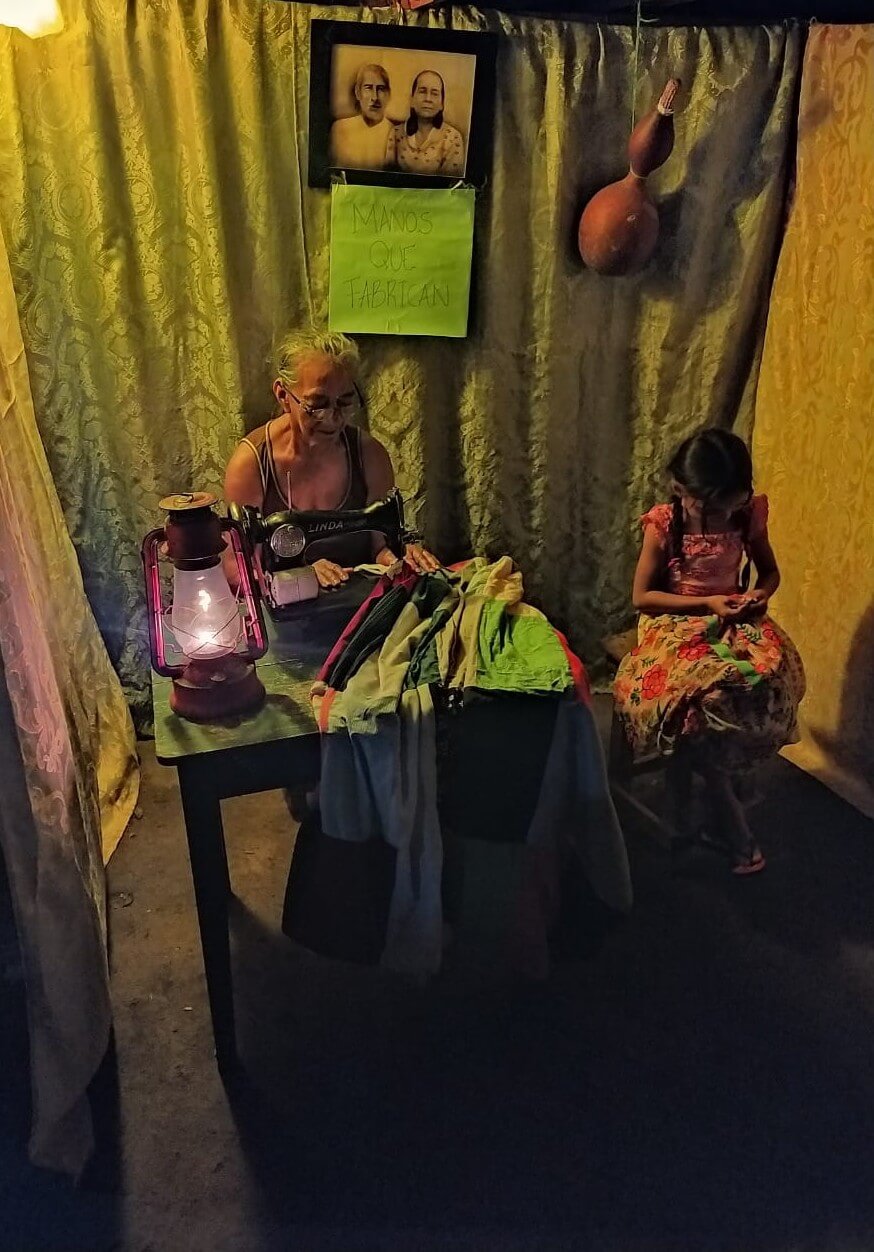
HANDS THAT PRODUCE
Jaime Pineda
In Galeras, our Living Pictures are always the silver lining (Digital edition).
Inega School. 2020
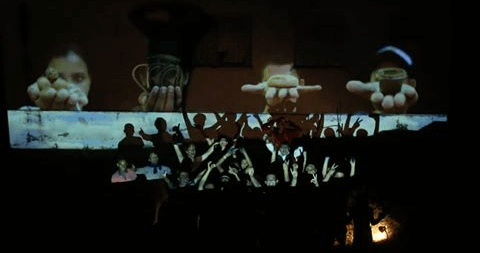
EXHIBITION OF THE BODIES FOR EMPATHY MUSEUM IN GALERAS, SUCRE
Multimedia exhibition with performance, Living Pictures, video mapping, dance and theatre to celebrate the heritage and empathy of Galeras, Sucre.
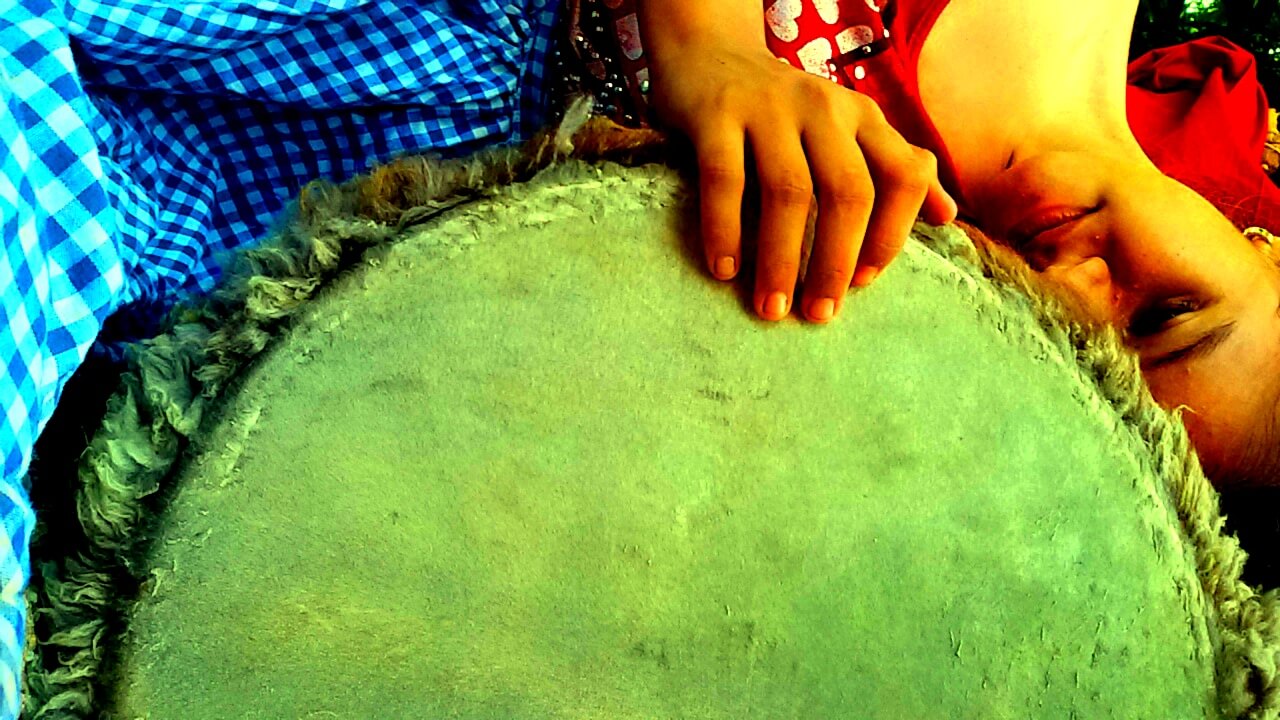
THE TAMBORA
Katty González Rubio
Creation process of the Ephemeral Museum for Reconciliation. 2016
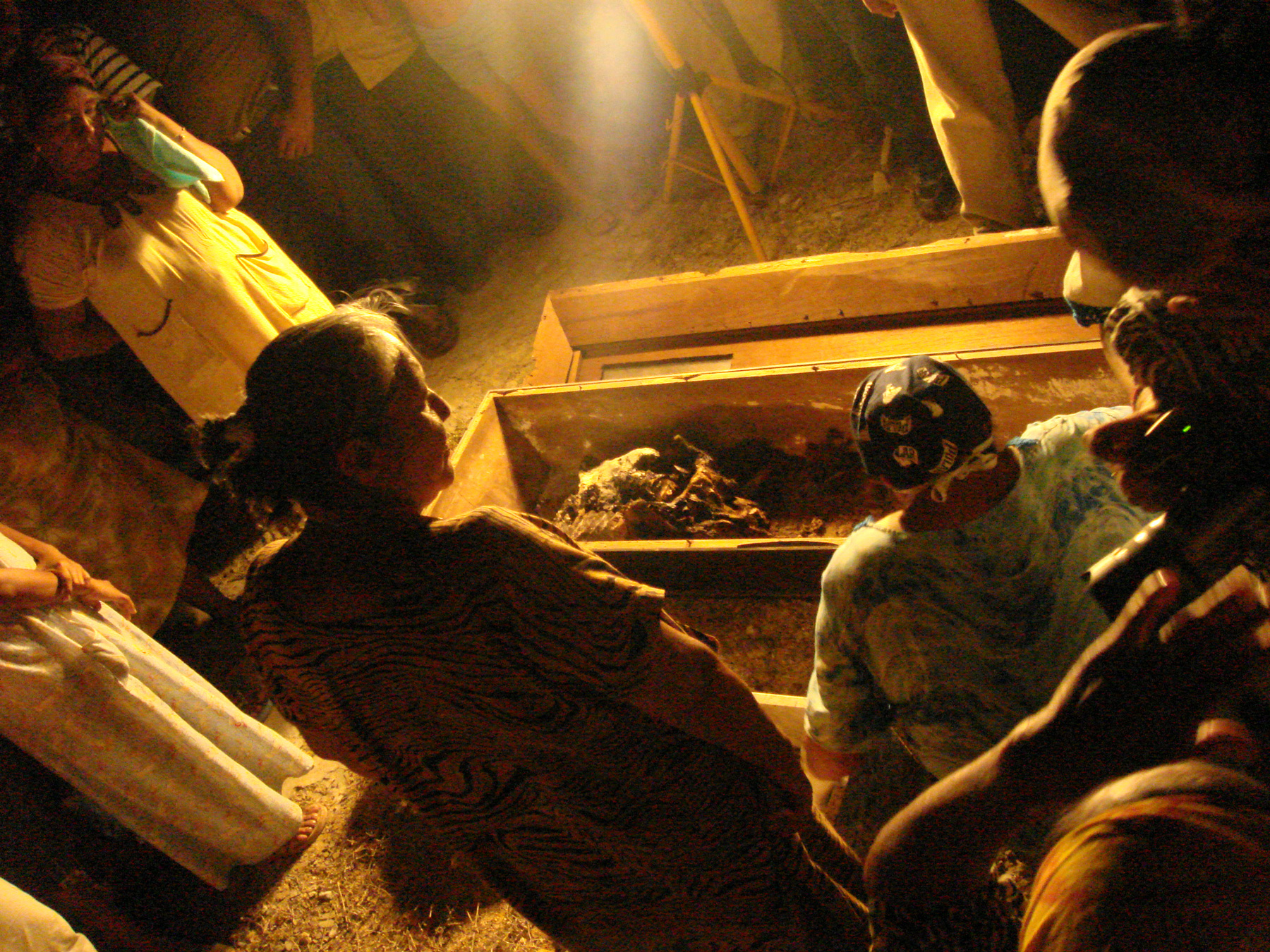
SECOND BURIAL
Anna Premauer
Ancestral tradition of the second Wayuu burial in the Alta Guajira.
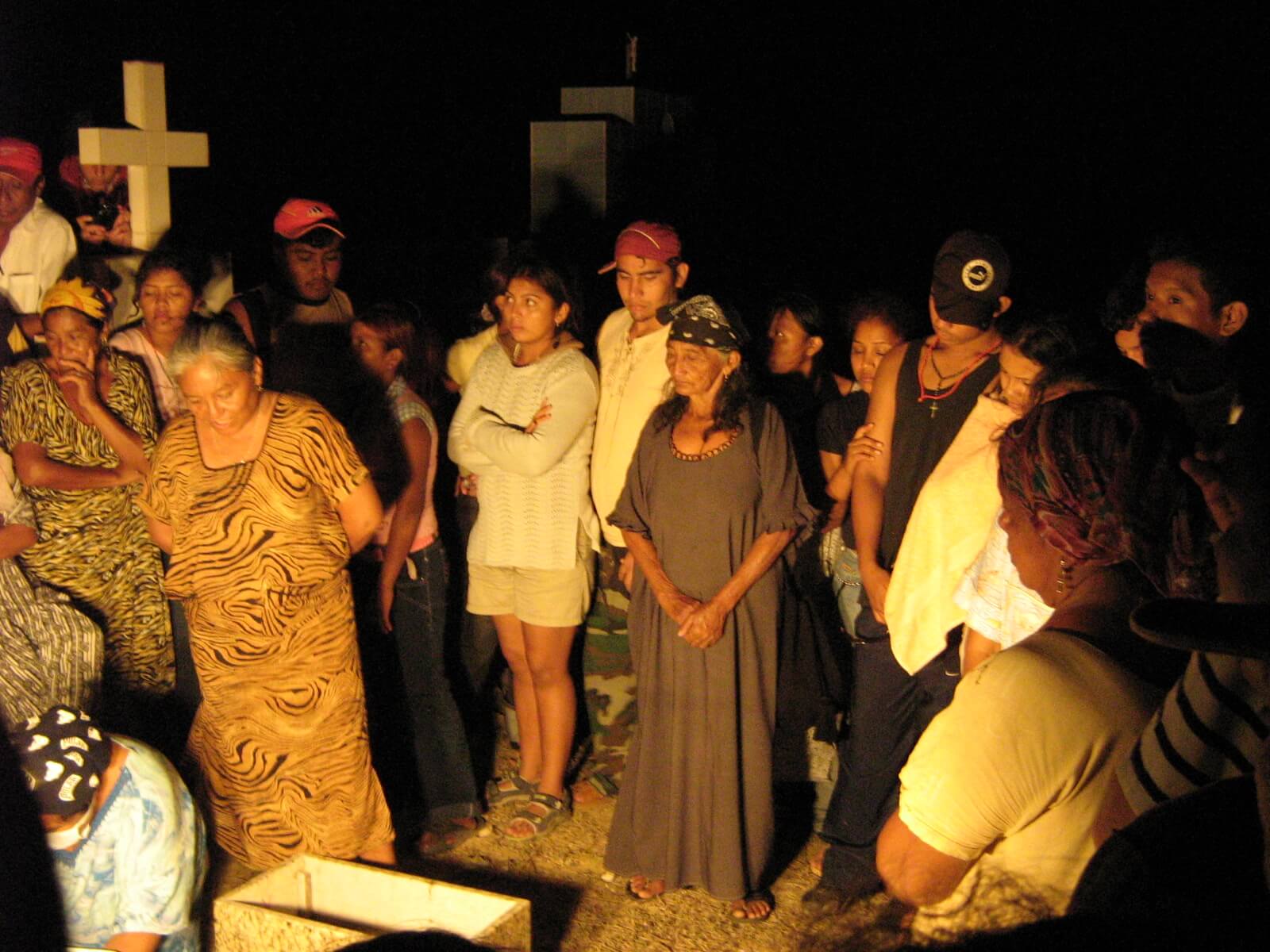
WAYUU BURIAL
Anna Premauer
Night of the second Wayuu burial in the Alta Guajira.
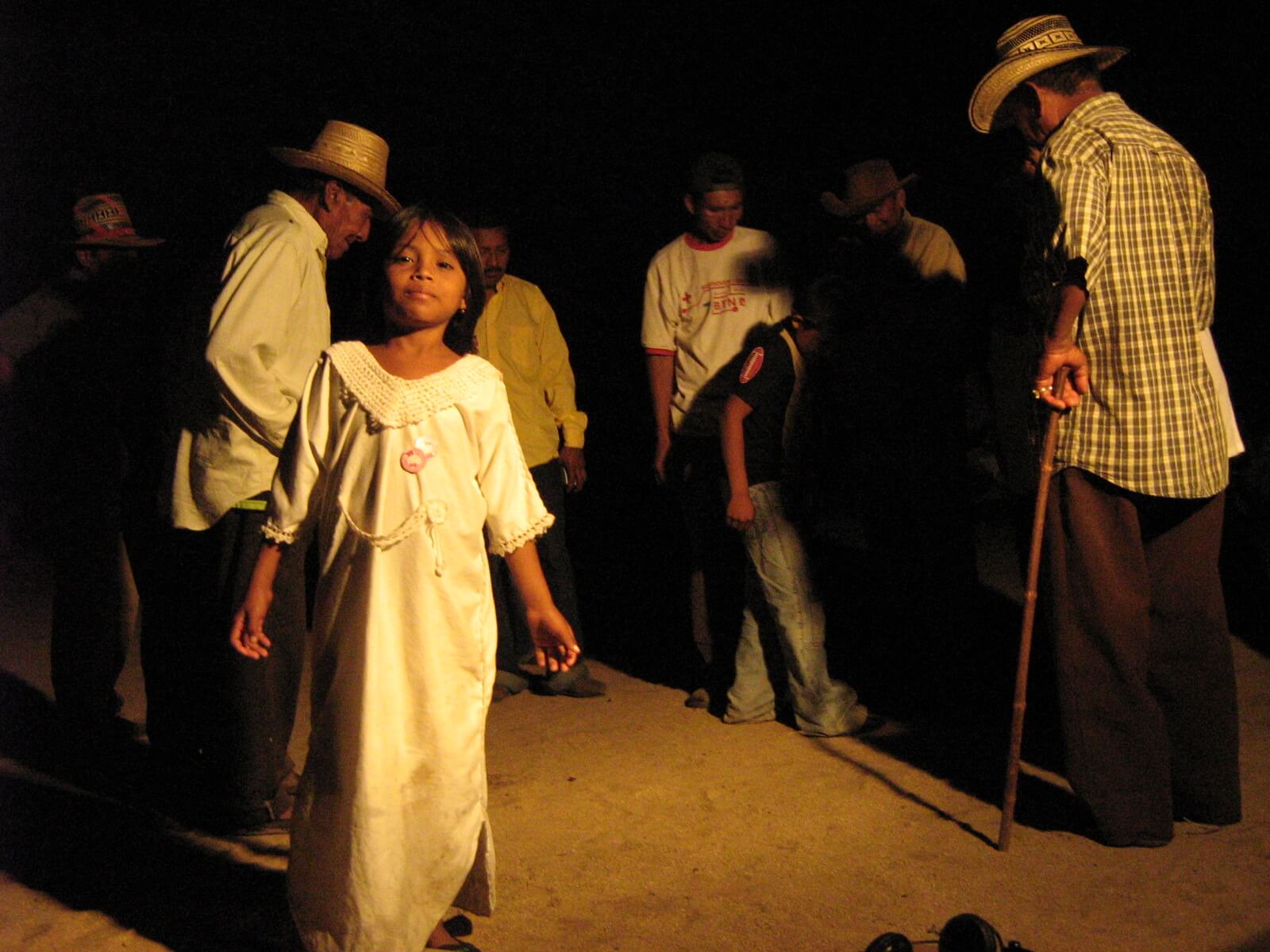
WAYUUCHON
Wayuu girl dancing in the traditional Wayuu game Kaulayawaa (The little goat) in Siapana, Alta Guajira.
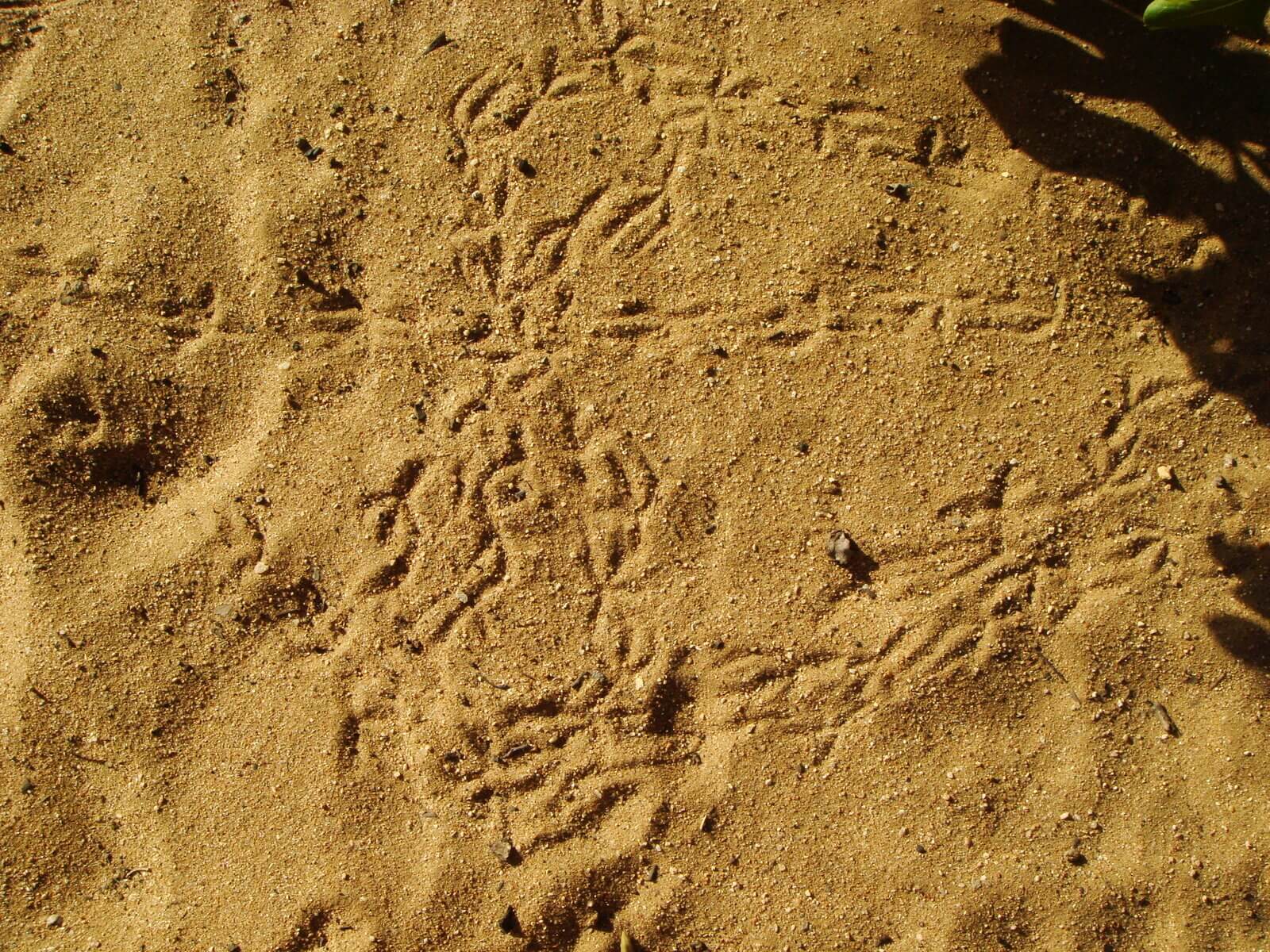
FOOTPRINTS IN THE DESERT
Traces of the animal footprints in the Alta Guajira desert.
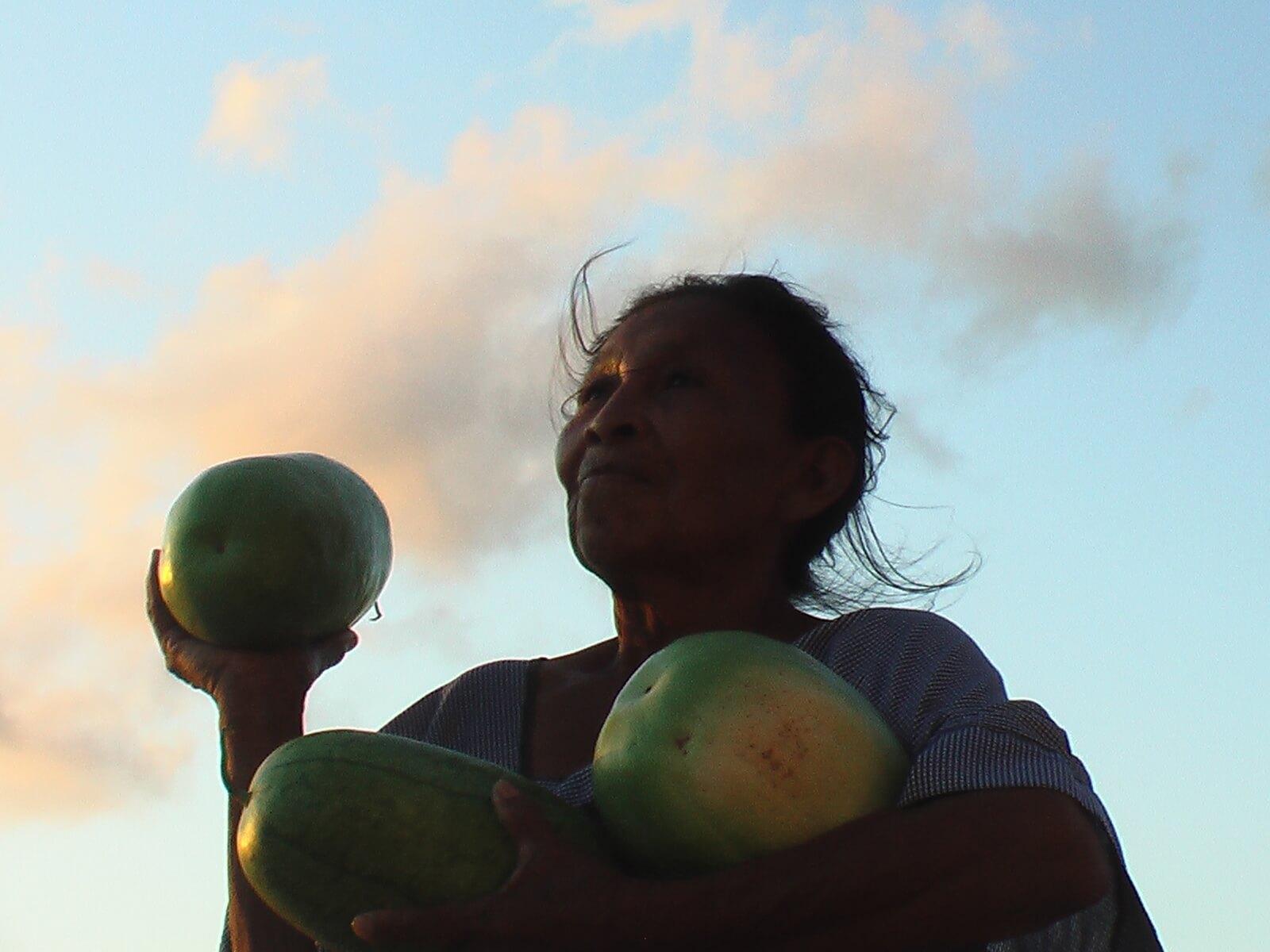
A PATILLALERA LADY
Wayuu woman bringing home a patilla from her garden.
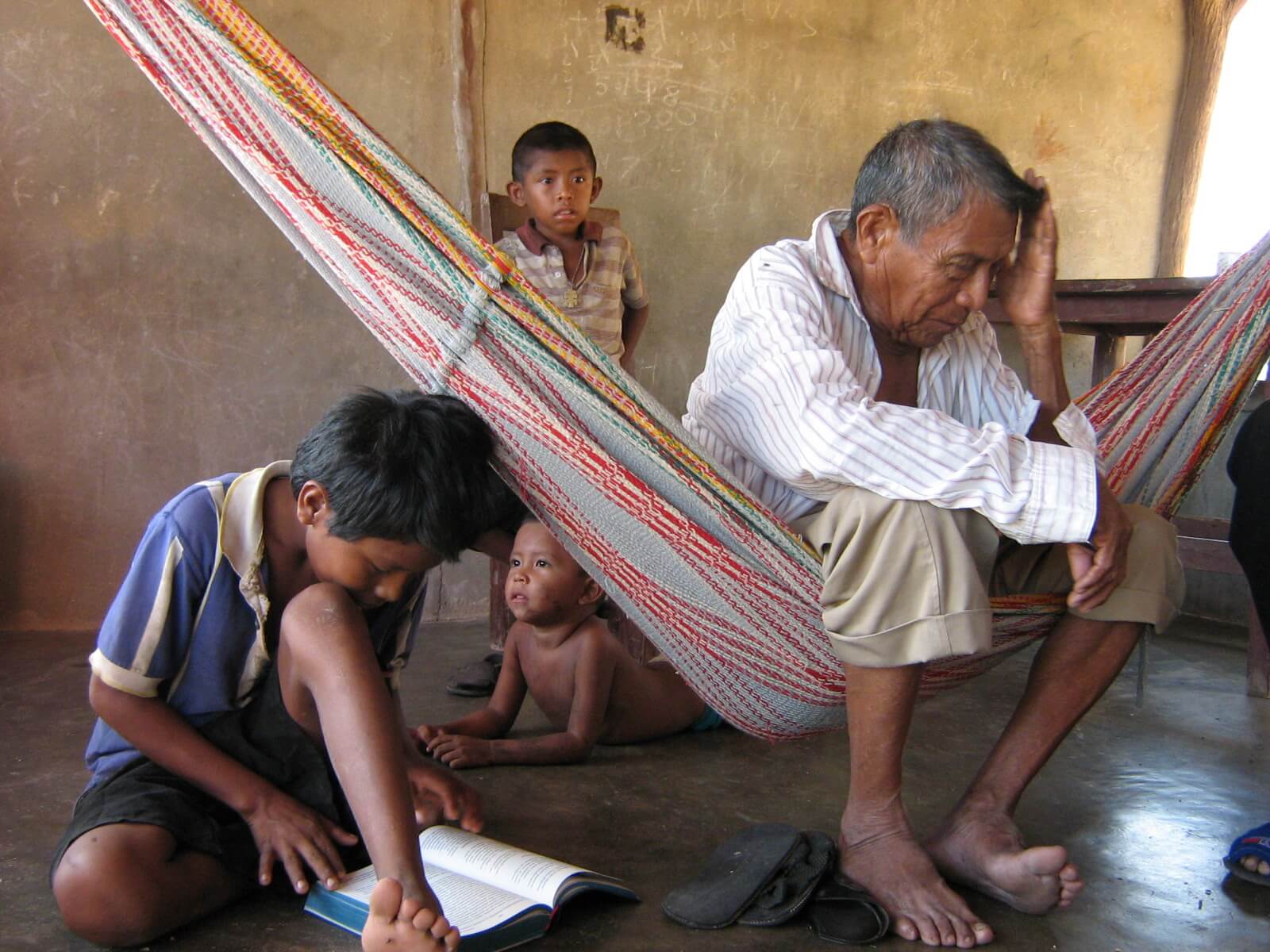
WAYUU FAMILY
An afternoon in the ranchería of a Wayuu family in the Alta Guajira.
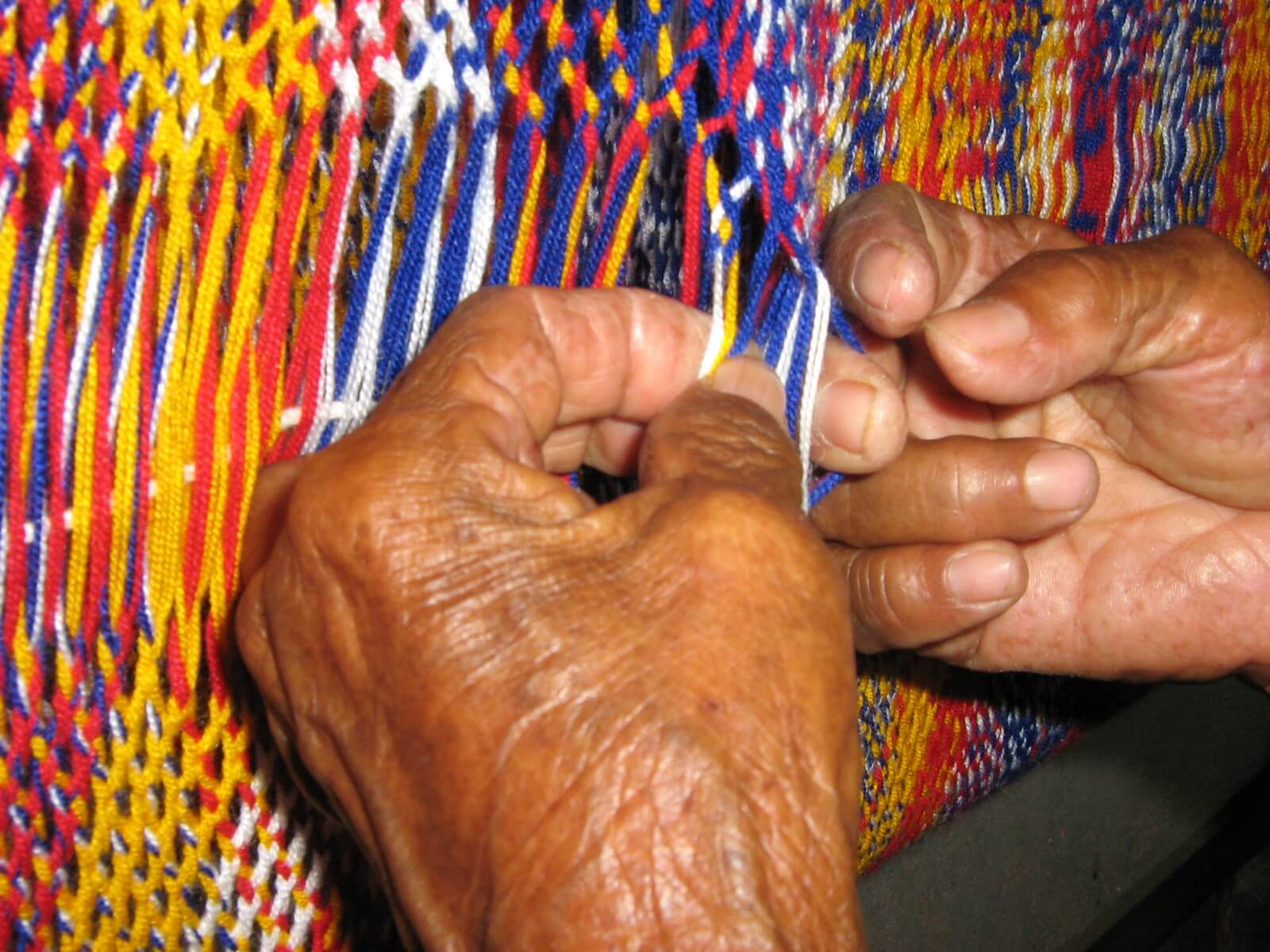
EL CHINCHORRO
Hands weaving a colorful chinchorro in a traditional way.
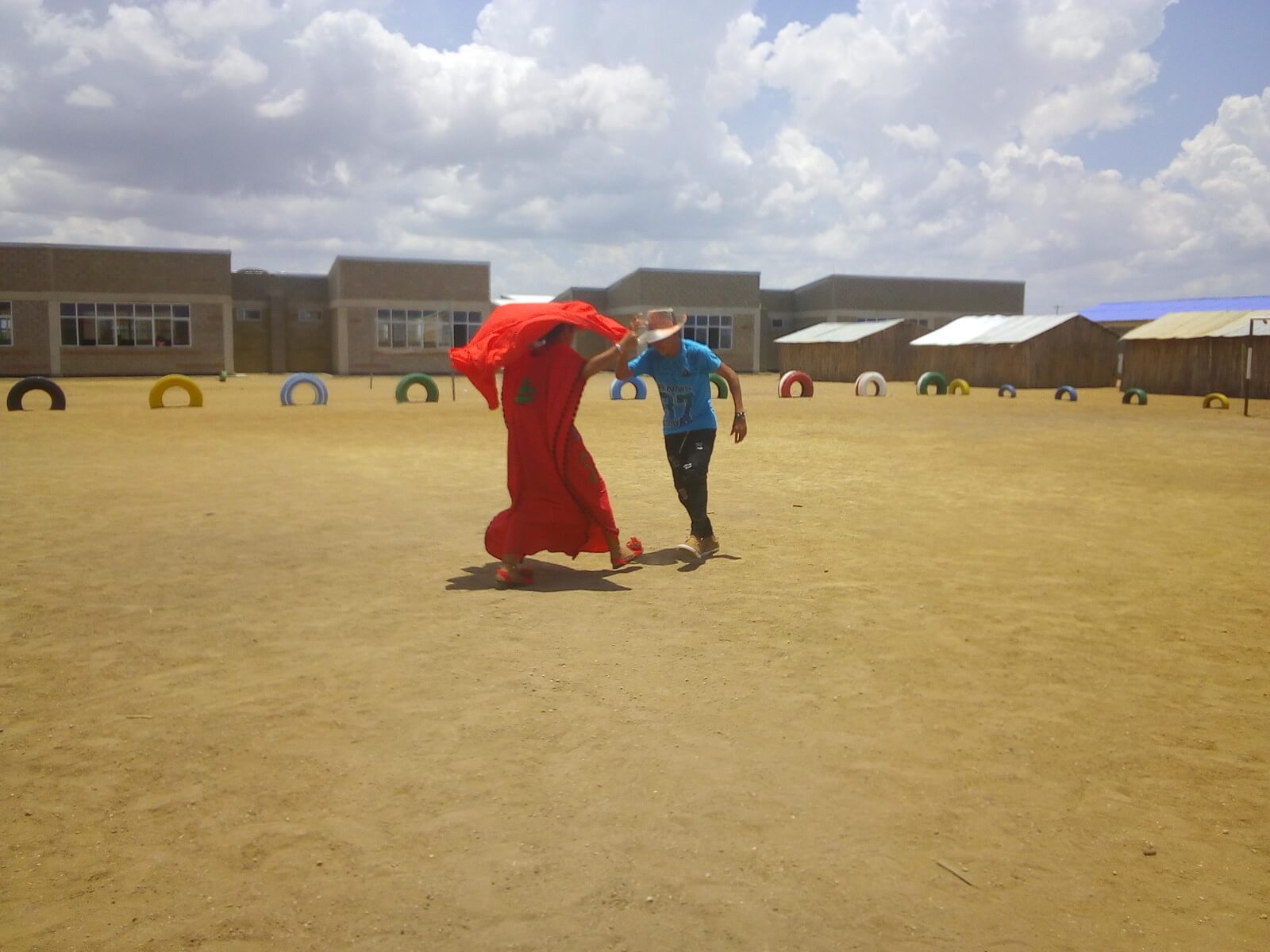
A RITUAL DANCE: THE YONNA
A woman dances like the wind until her partner falls.
Nazareth Ethno-educational institution in La Guajira.
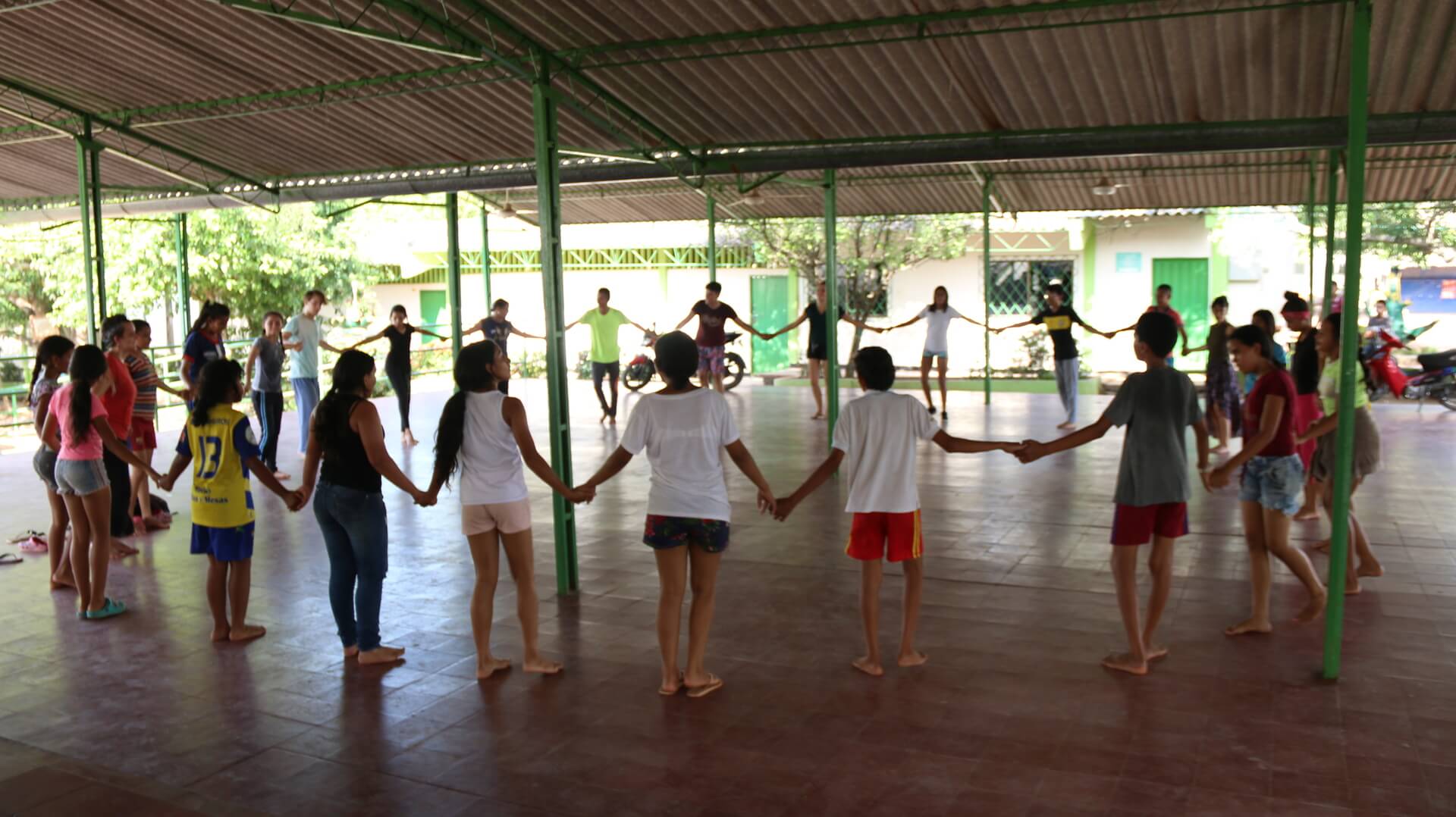
THE GREAT WHEEL
Workshops of empathy in motion.
Inega School in Galeras, Sucre.
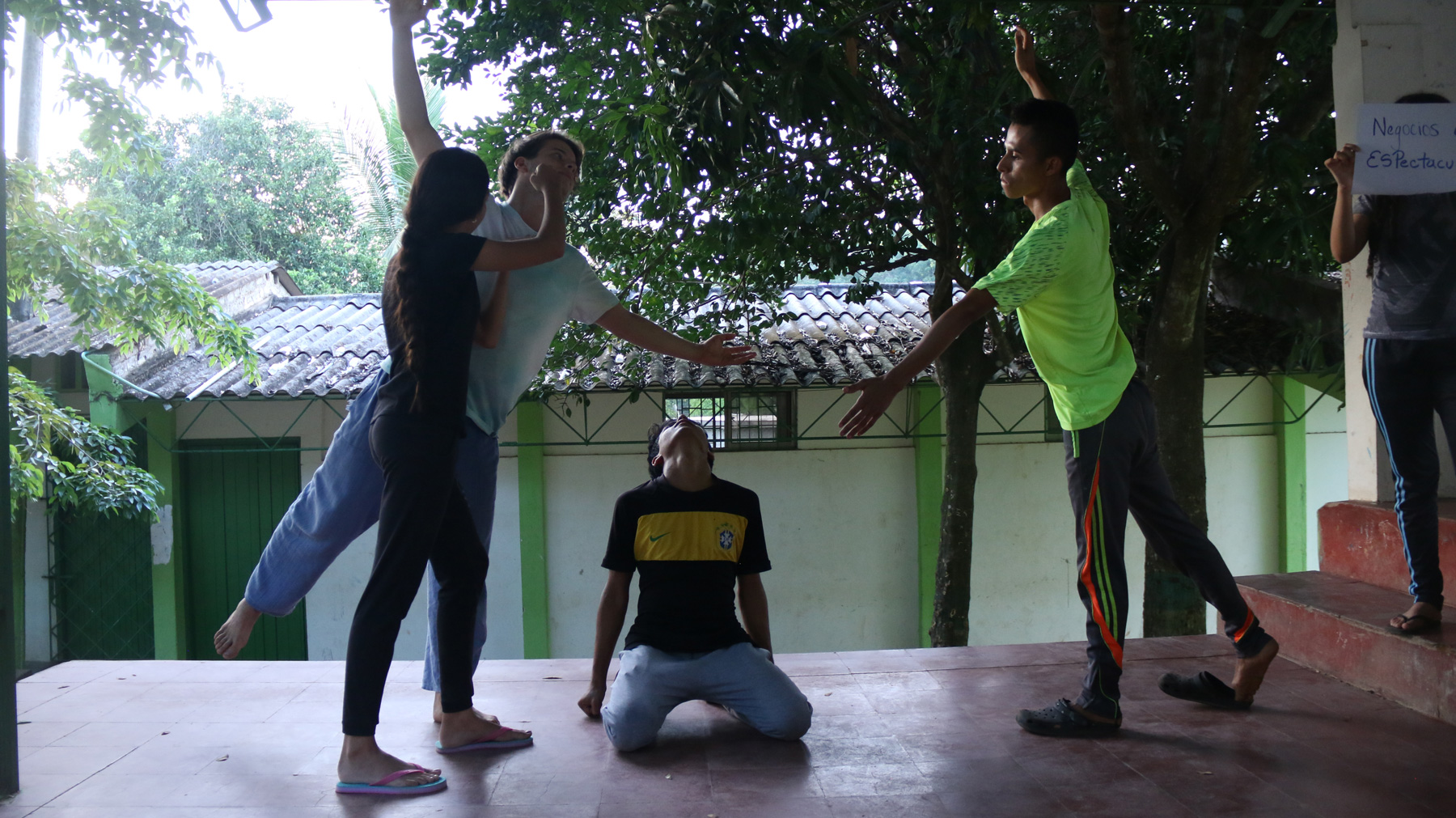
BUSINESS AND SHOWS
Live Picture.
Inega School in Galeras, Sucre.
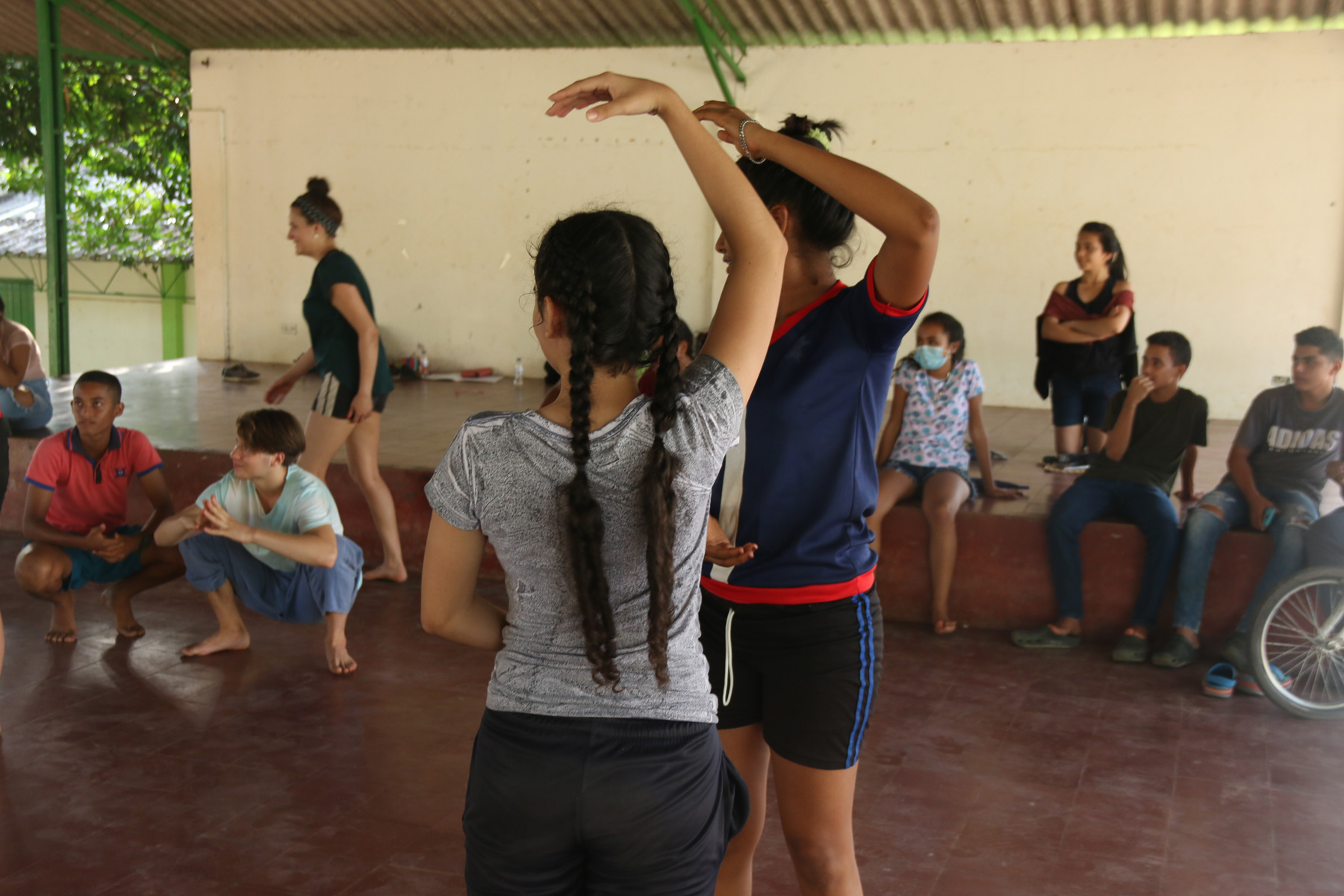
MIRRORS
Mirrors in motion to meet each other.
Inega School in Galeras, Sucre.
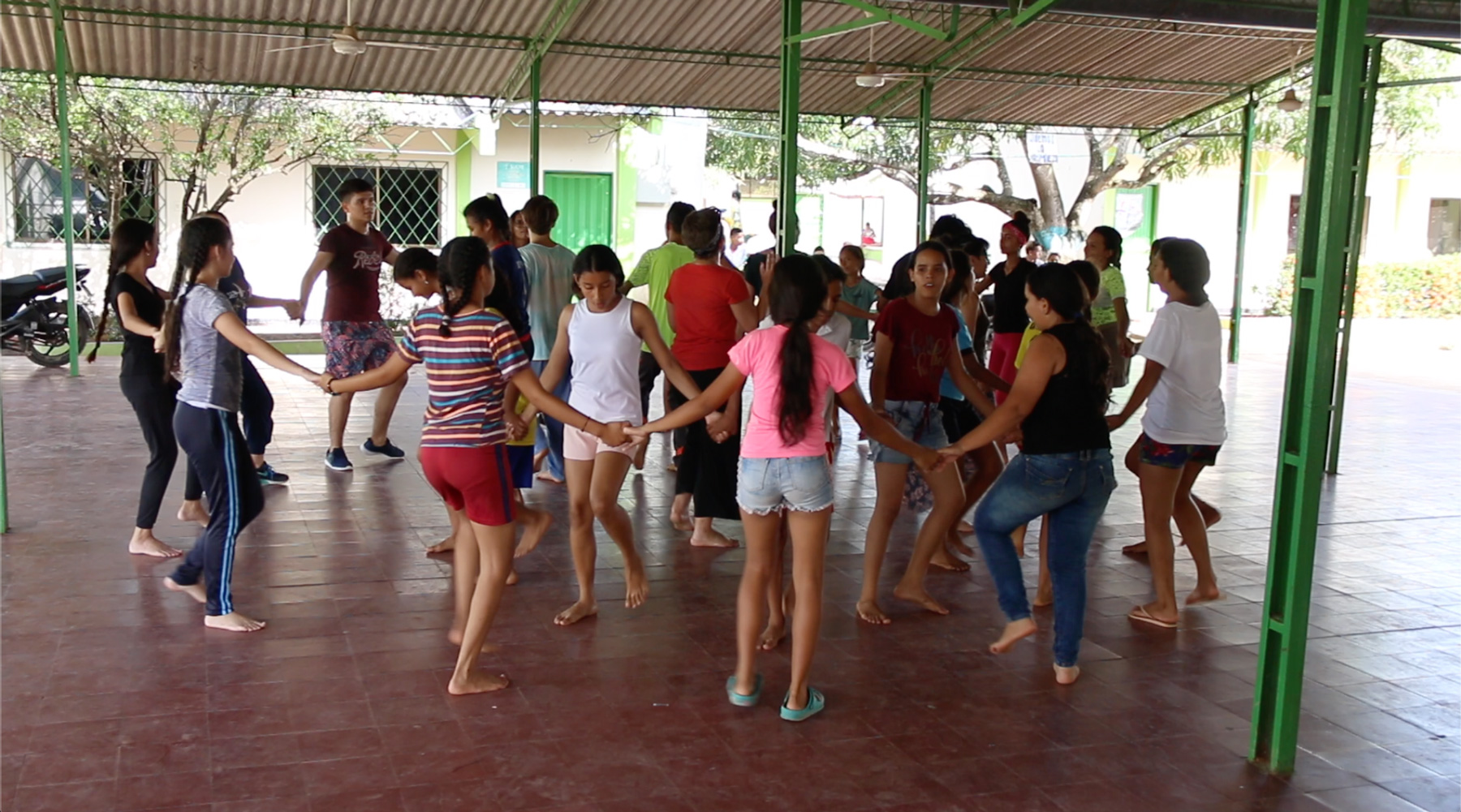
GAMES IN MOTION
Chains in motion to move synchronically.
Inega School in Galeras, Sucre.
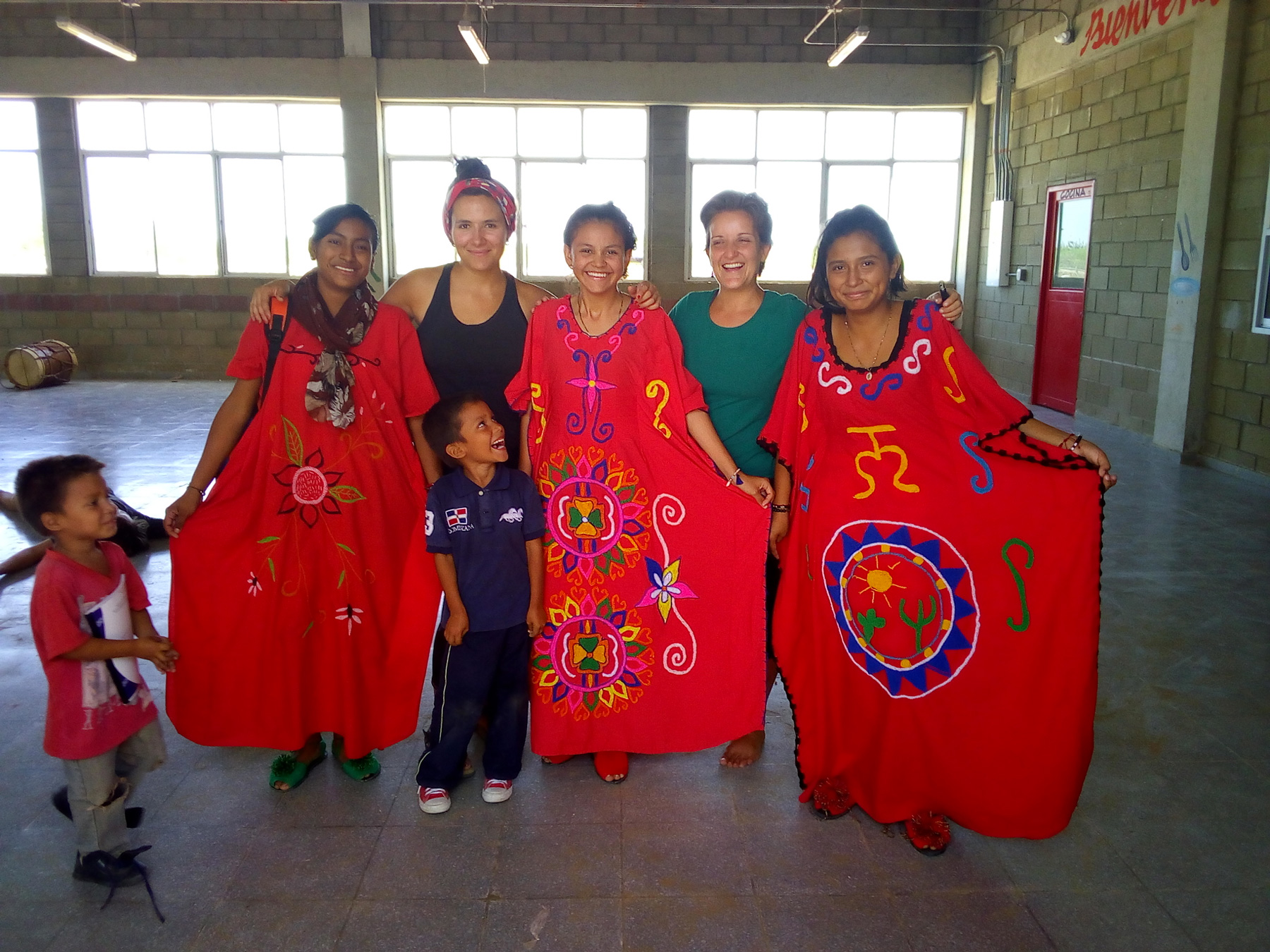
THE WAYUU BLANKETS
Wayuu ladies teach us their blankets with their traditional symbols.
Nazareth Ethno-educational institution in La Guajira.
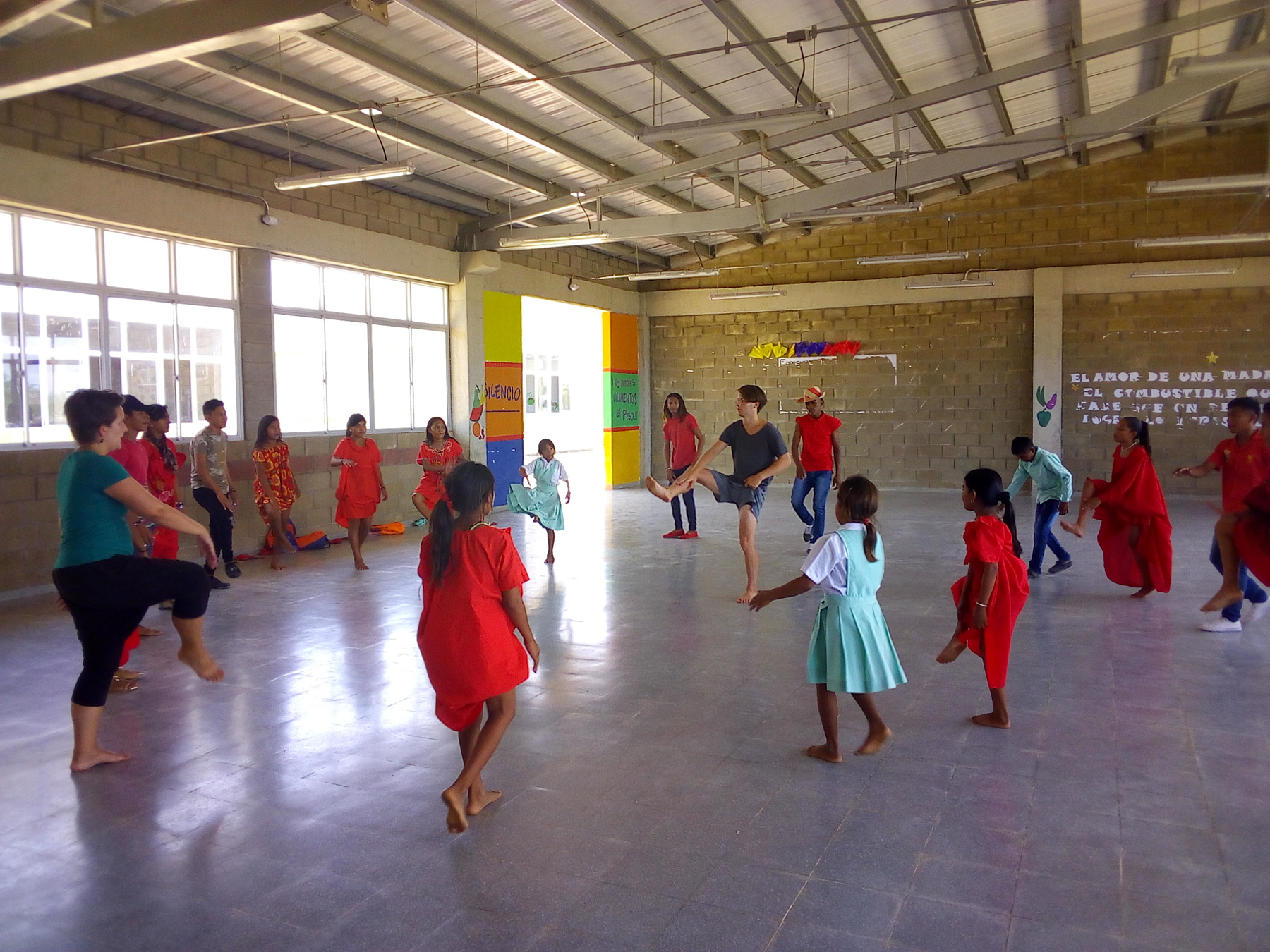
HUNGARIAN DANCES IN LA GUAJIRA
Cultural exchange between Hungarian and Wayuu dances.
Nazareth Ethno-educational institution in La Guajira.
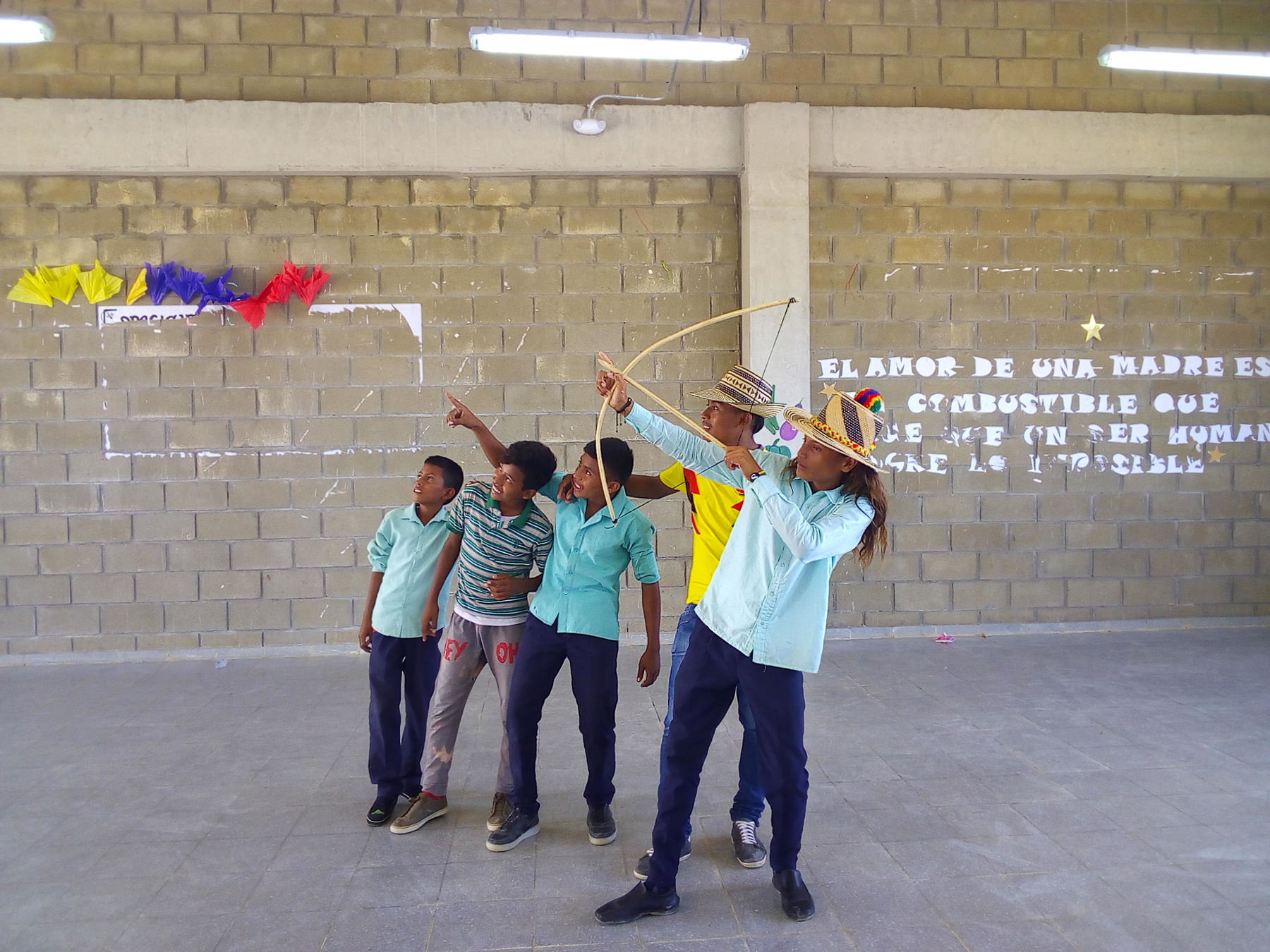
HUNTERS
A scene from the Living Picture “The Wayuu Corner”.
Nazareth Ethno-educational institution in La Guajira.
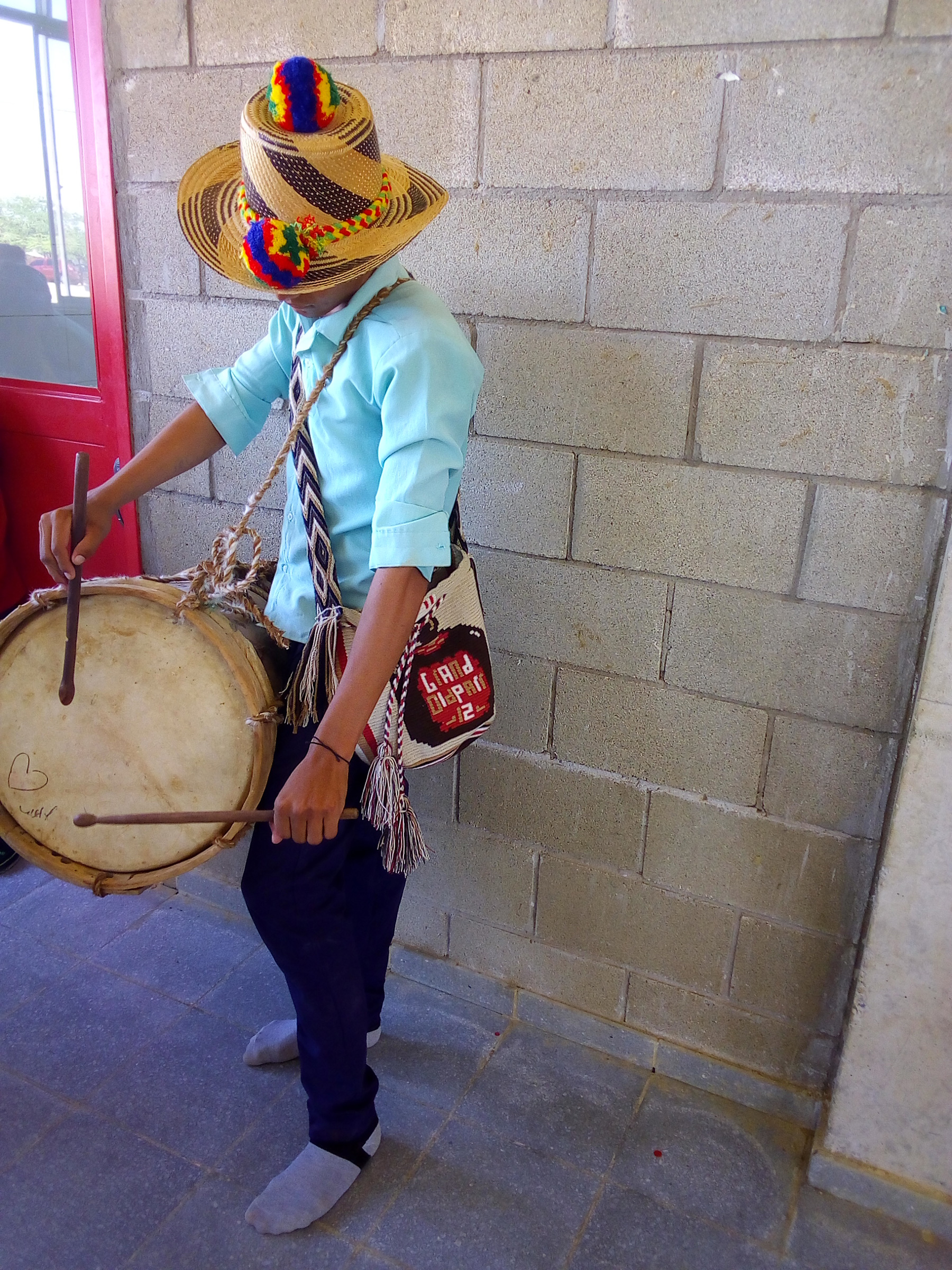
KARATS
A young man plays the Karats (a Wayuu drum) to prepare for the Yonna ritual dance.
Nazareth Ethno-educational institution in La Guajira.
Fandango/Yonna and Living Pictures – Caribbean Heritage. 2020
In the Caribbean region, their dances and Living Pictures are practised, traditions that inhabit both the mystery and uncertainty of life, as well as the celebration and joy of sharing in the community. Elements that speak of a certain musicality, of a movement, and a connection with the wider environment. Living Pictures that portray the concerns of a people emerging between tradition and artistic innovation.
A journey through the melodies of the Colombian Caribbean, calling for reconciliation.
Wishes for peace
Let´s unite
My reconciliation

© Copyright 2021 – Museo Cuerpos para la Empatía
